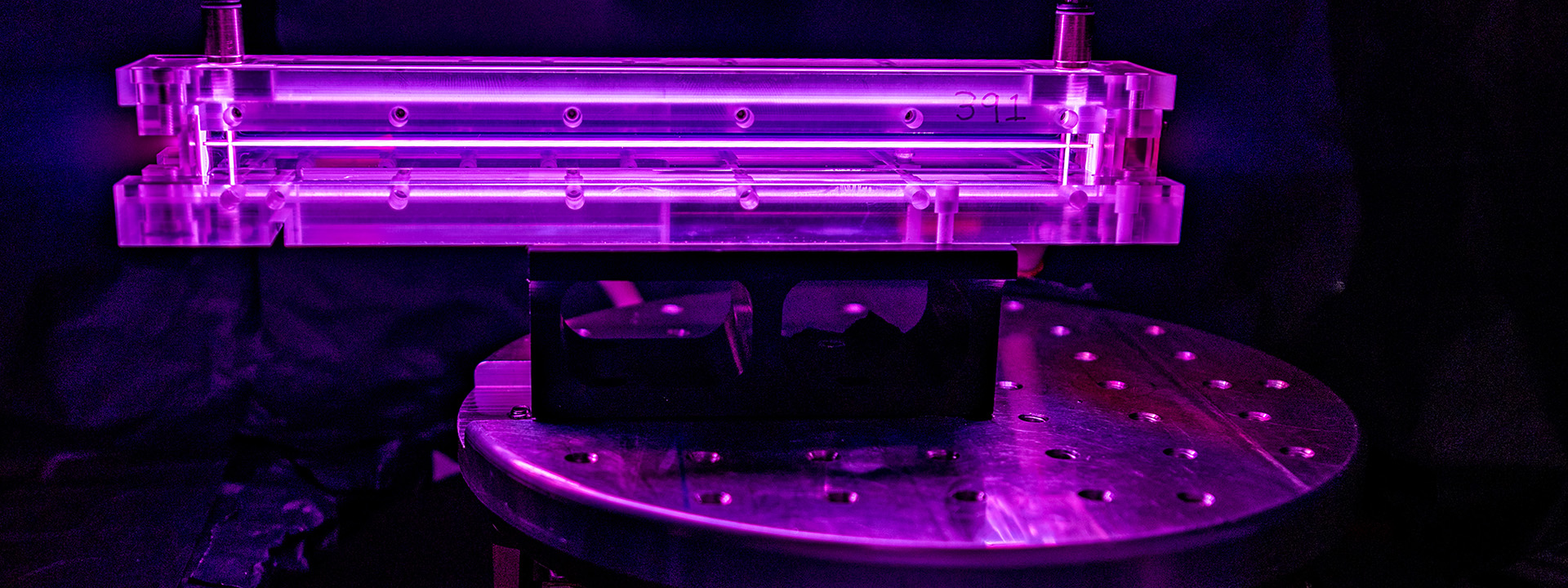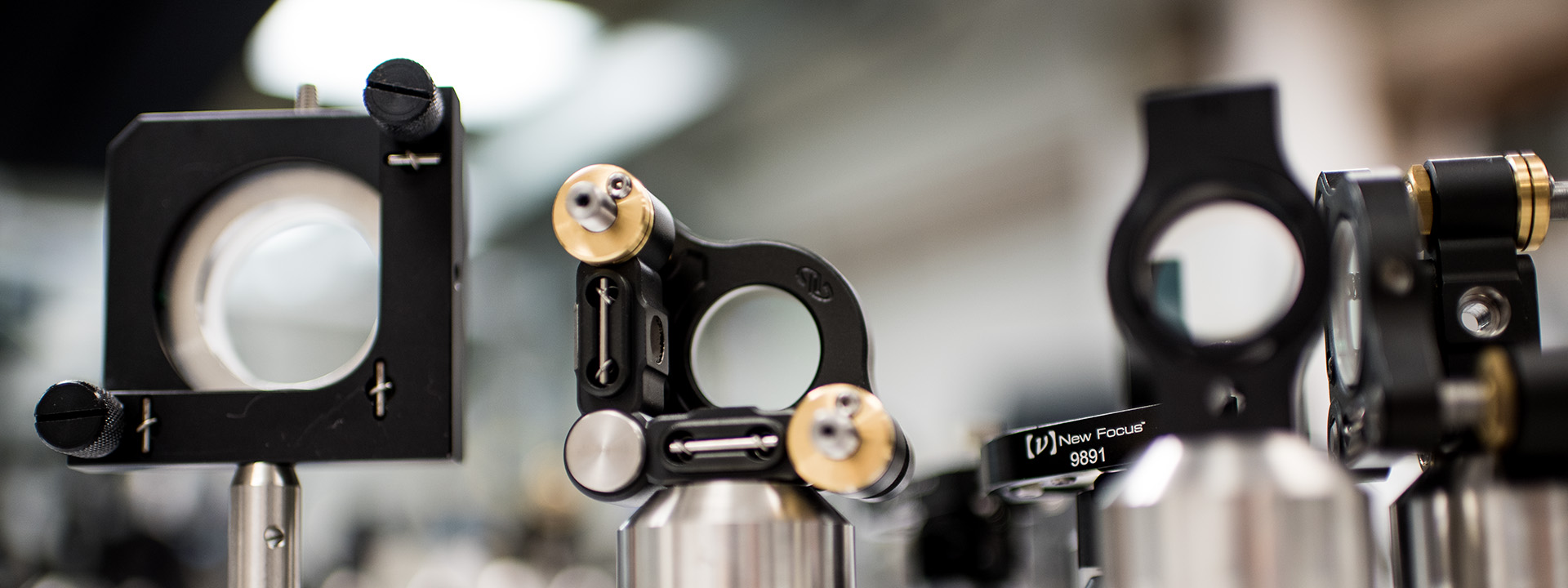
Part of the Nuclear Science Division, the 88-Inch Cyclotron supports ongoing research programs in nuclear structure, astrophysics, heavy element studies, and technology R&D by Lawrence Berkeley National Laboratory (Berkeley Lab) and UC Berkeley. Major instrumentation at the 88-Inch Cyclotron include the Berkeley Gas-filled Separator (BGS), and the superconducting VENUS ion source, one of the most powerful Electron Cyclotron Resonance (ECR) ion sources in the world.

The Berkeley Lab Laser Accelerator (BELLA) Center focuses on the development and application of laser-plasma accelerators (LPAs). LPAs produce ultrahigh accelerating fields (1-100 GV/m) and may provide a compact technology for a variety of applications that include accelerators for high energy physics and drivers for high energy photon sources.

The Dark Energy Spectroscopic Instrument (DESI) will measure the effect of dark energy on the expansion of the universe. By accurately measuring the expansion history over the past 11 billion years, DESI’s scientific goal is to constrain possible models of dark energy. In order to accomplish this goal, DESI will measure the position and receding velocity of about 40 million galaxies. These galaxies will have been pre-selected by studying deep images of the DESI survey area, or footprint, taken during observing campaigns before DESI starts up.

The Berkeley Center for Theoretical Physics (BCTP) was founded at the turn of the millennium with the goal of bringing together the greatest minds in theoretical physics to collaborate on some of the most pressing scientific questions about the Universe. Housed atop Old LeConte Hall on the Berkeley campus and closely affiliated with Lawrence Berkeley National Laboratory (Berkeley Lab), the BCTP is at the forefront of particle theory, string theory and cosmology.

The Heavy Element group runs a research program centered on studying the nuclear and chemical properties of the heaviest elements with Z≥100. These elements do not exist naturally here on Earth and must be made in particle accelerators. Our research is primarily carried out our local facility, the 88-Inch Cyclotron at Berkeley Lab where we have the capabilities to make and then study these rare heavy elements.
